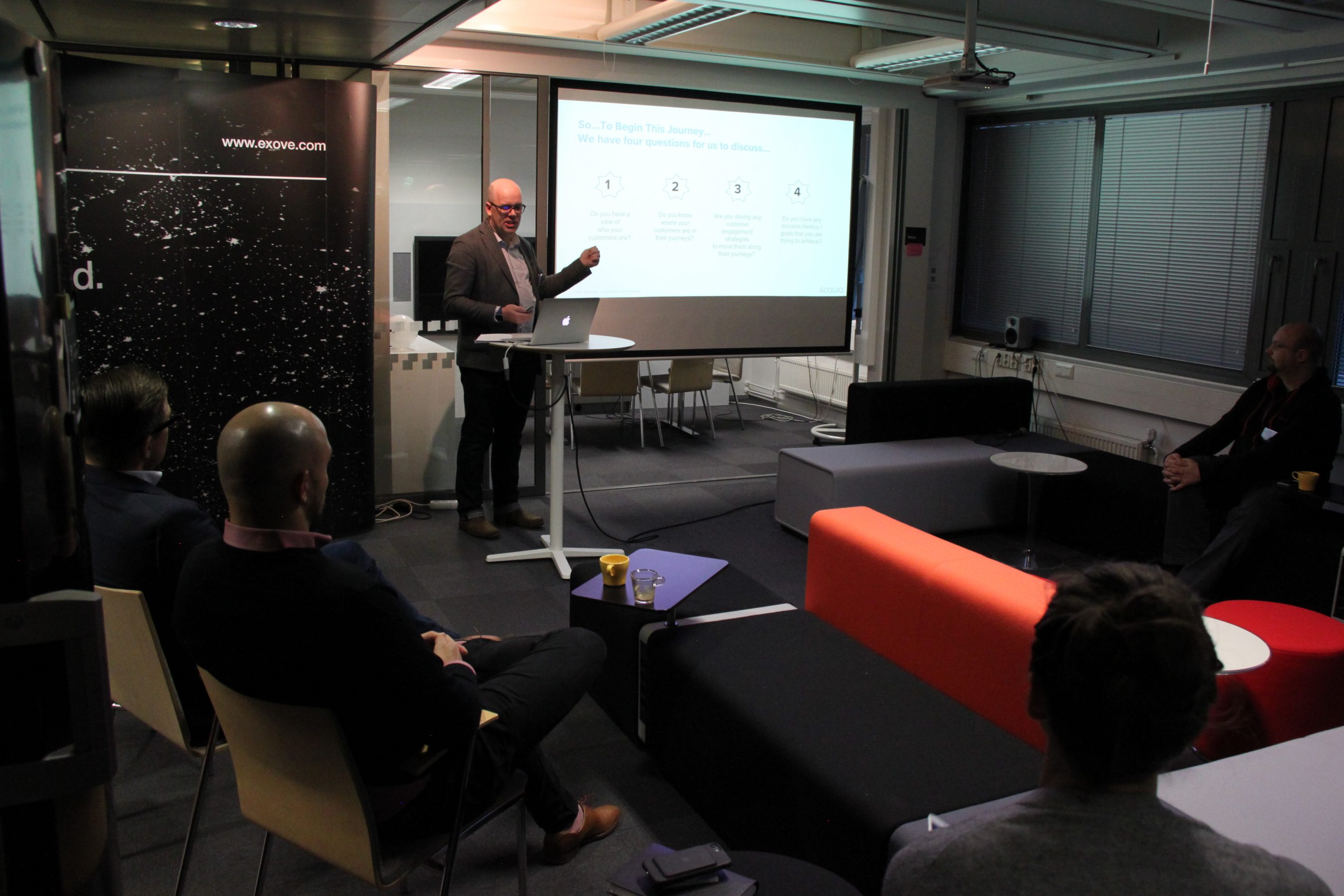Why 1:1 Personalised Experiences Are Important
As consumers, we all prefer the personal touch…to feel like the brand is talking directly to me and this is especially important when it comes to how we are marketed to online.
Everyone is focused on content whether it be creating, curating or distributing content on a frequent basis. Very few marketers are successful in creating engaging content which resonates fully with their audience. The challenge is to make content that talks to them, that stands out from the rest and connects with your audience on a personal level. This allows consumers to filter out the good from the bad and to ignore the noise and focus on what’s been truly targeted to them. Ultimately, customers expect more from their experiences. They don’t want to be ‘broadcasted to’ with the one size fits all message, they want a personalised brand message that’s in-context with their own journey.
So let’s start with four key themes:
Is the content timely?
Talk to them when they’re looking to buy. Capture them ‘in the moment’ of when their propensity to buy is highest. Maybe you know this due to their location, due to information in your core CRM about their behaviour (buying gifts for a birthday, behavioural patterns..) or maybe their browsing behaviour and the fact that they keep visiting the website, looking, pausing, but not completing a purchase just yet.
Is it relevant?
Is the content relevant to them – is it targeted to them, both the hard facts (their location, their age, their form submissions, their purchases) and the inferred information (what they clicked on, what they browsed, what they didn’t browse or click on) which can be used to build personas and segments targeting specific types of people.
Is it contextual?
An omni-channel strategy is focused around the customer where they will have a positive experience with the brand regardless of channel, device type, time of day or location. Tied together with targeted personalisation think about how this may work for a classic clothing retailer: The customer only ever sees their size available, they never see a product out of stock, they never see a sale price for something they have already paid for, they always get relevant messages, they always gets offers tailored to their needs, they never get the disappointment of just missing out, they always know where their nearest store is. Ultimately, at every touch point the customer is getting the best experience.
Is it aspirational?
So by understanding your audience you can not only personalise content for the ‘now’ but also understand where the customer may want to ‘be’ with content that not only looks at what their immediate needs are but also looks to the future. Think of the insurance customer who has previously told you they have children coming up to driving age…maybe suggest products or services related to that…but more so, listen to the sound of the crowd and make intelligent recommendations based on what other people like them are doing and anticipate future behaviour.
Start By Understanding Your Audience
Traditional methods of content marketing are not applicable in the modern world. Templates and blast marketing – ‘throw as much of it at the wall and see what sticks’ – isn’t the best approach and by using data, reporting, and analysis to build segments and personas and target your customers much more accurately will form the core of your future digital strategy. You need to also tie this to the events being triggered (what captures their interest?) and the outcome (what does success look like?). From here you’ll have the basis of an engagement strategy which can evolve as much as your customers do, over time.
So, to begin, start by understanding your audience with these four key questions:
-
1
Do you have a view of who your customers are?
-
2
Do you know where your customers are in their journeys?
-
3
Are you driving any customer engagement strategies to move them along their journeys?
-
4
Do you have any success metrics / goals that you are trying to achieve?



